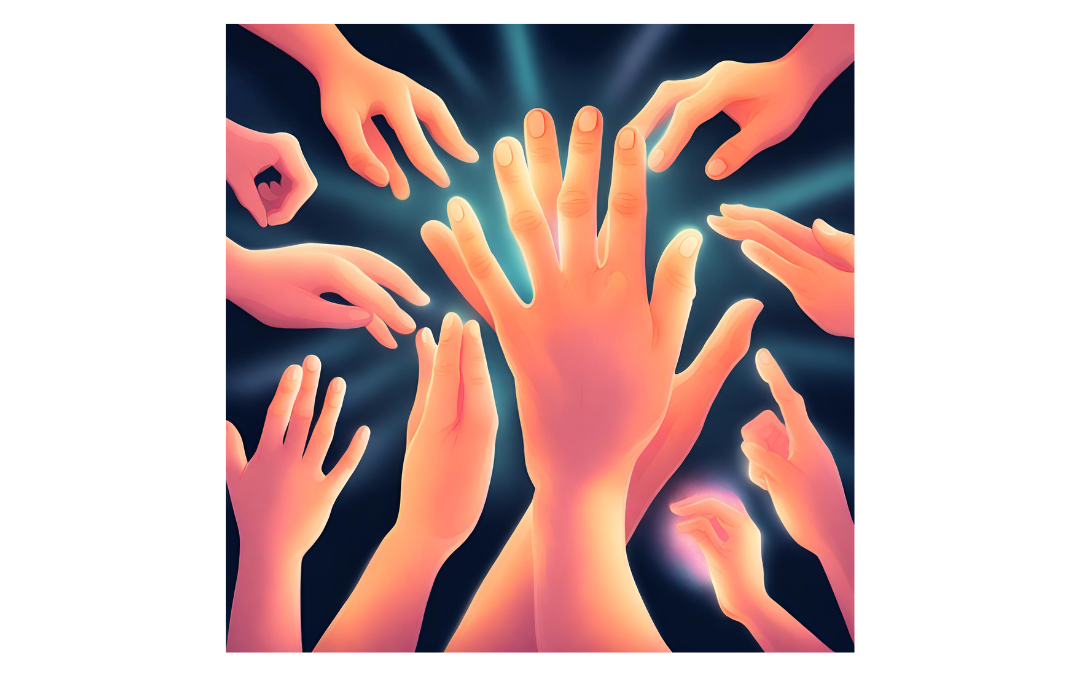Spastic hemiplegia, in the context of stroke, refers to a specific type of weakness or paralysis that affects one side of the body due to damage to the brain caused by a stroke.
When a stroke occurs, blood flow to a part of the brain is disrupted, leading to brain cell damage or death. Depending on the location and extent of the brain damage, individuals may experience various symptoms, including weakness or paralysis on one side of the body, which is known as hemiplegia.
In cases where spasticity develops after a stroke, it means that the muscles on the affected side of the body become stiff, tight, and difficult to control. This spasticity can contribute to muscle stiffness, involuntary muscle contractions, and difficulty with movement and coordination.
Treatment for spastic hemiplegia resulting from stroke often involves a combination of rehabilitation therapies such as physical therapy and occupational therapy to improve mobility, strength, and functional abilities. Medications, injections (such as botulinum toxin injections), and sometimes surgical interventions may also be recommended to manage spasticity and improve overall quality of life for stroke survivors.
These articles, crafted by LeeAnn Seung Walton with insights from medical resources and ChatGPT, serve as a valuable reference guide. While these materials provide useful information, it’s crucial to consult your doctor for any additional questions or concerns.

